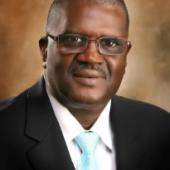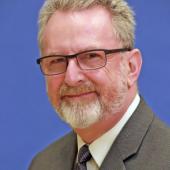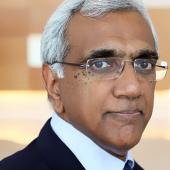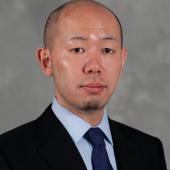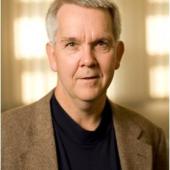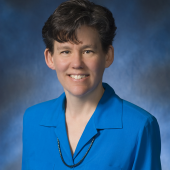
Session Co-Chairs: G. Baier, M. S. Diallo
| 10:20AM | Introduction by Special Guest, A. H. King, Director, Critical Materials Institute (CMI) |
| 10:30AM | Building a Global Science and Technology University Focused on Sustainability: The KAUST Research and Education Programs on Separation Science and Technology, Y. Gnanou |
| 11:00AM | High Efficiency Coupling of Chemical Sensing to Chemical Treatment in Low-Dimensional Nanofluidic Structures; P. Bohn*, N. Contento, D. Grismer, L. Zaino, W. Xu |
| 11:30AM | Separation Science and Technology Education: Chemical Engineering Perspective, Y. Kawajiri |
| 12:00PM | Panel Discussion (Moderator: M. S. Diallo) |
Speaker Abstracts
Building a global science and technology university focused on sustainability: The KAUST research and education programs on separation science and technology
Y. Gnanou, KAUST
The King Abdullah University of Science and Technology (KAUST) is a graduate-level education and research institution that was founded in 2009. KAUST focuses on four core global sustainability challenges: Water, Food, Energy and Environment. The education and research programs at KAUST are organized around three academic divisions [Biological and Environmental Sciences and Engineering (BESE), Computer, Electrical and Mathematical Sciences and Engineering (CEMSE) and Physical Sciences and Engineering] and around nine research centers. Among these, the Advanced Membranes and Porous Materials (AMPM) Center, the Water Desalination and Reuse Center (WDRC) carry out crosscutting research and provide an educational platform in Separation science and technology (SST). In my presentation, I will give an overview of SST research and education at KAUST with a focus on the investments made by the University to build the human capacity and state-of-the research facilities required to develop the next generation of separation materials, processes and systems for a sustainable Water-Food-Energy-Environment nexus. I will also give examples of such materials and processes developed in the AMPM Center and in the WRDC.
High efficiency coupling of chemical sensing to chemical treatment in low-dimensional nanofluidic structures
P. Bohn, University of Notre Dame
We are interested in the design and construction of nanostructured architectures that couple molecular transport (analyte/reagent delivery), chemical sensing (optical or electrochemical) and subsequent chemical processing within the same physical construct. The ultimate goal of these experiments is to produce chemical reagents in situ and consume them directly at a proximal reaction site, all within the confined geometry of a low-dimensional nanostructure, so that chemical transformations may be realized with optimal efficiency. To realize this goal we are developing sensing strategies that efficiently match electron transfer and spectroscopic probing to low-dimensional, i.e. zero- and one-dimensional nanostructures. As one example, vertically-oriented nanopores provide fluidic communication in nanocapillary array membranes supporting embedded annular nanoband electrodes (EANEs) fabricated on the interior of the nanopores. In these structures, electroosmotic flow (EOF) is used to enhance the delivery of electroactive species to the EANE, and the same potential used to achieve EOF also drives electron transfer. Because transport and electron transfer are intimately coupled, high efficiency conversions are achieved. The efficiency of electrochemical treatment is improved to near 100% efficiency compared to diffusion-limited efficiencies of 5-10% in microfluidic structures.
Separation science and technology education: Chemical engineering perspective
Y. Kawajiri, Georgia Tech
In this presentation, an overview of recent topics in undergraduate and graduate education in separations at Georgia Tech will be given from the perspective of chemical engineering. Without separations technology that is effective, economic, and sustainable, the recovery and recycle of critical materials would be impossible. Therefore, having a robust pipeline of talent is vital. In undergraduate education, challenges in teaching separations and related topics distributed in courses at different levels, including thermodynamics, physical chemistry, and process design will be presented with some case studies. In the past several years, a significant increase in enrollment in chemical engineering was observed, which represents the growing interest of students in sustainability. In graduate education, some recent examples in energy and sustainability, and professional preparation in such global challenges will be introduced. Finally a gap between graduate research and undergraduate-level chemical engineering curriculum will be addressed.

